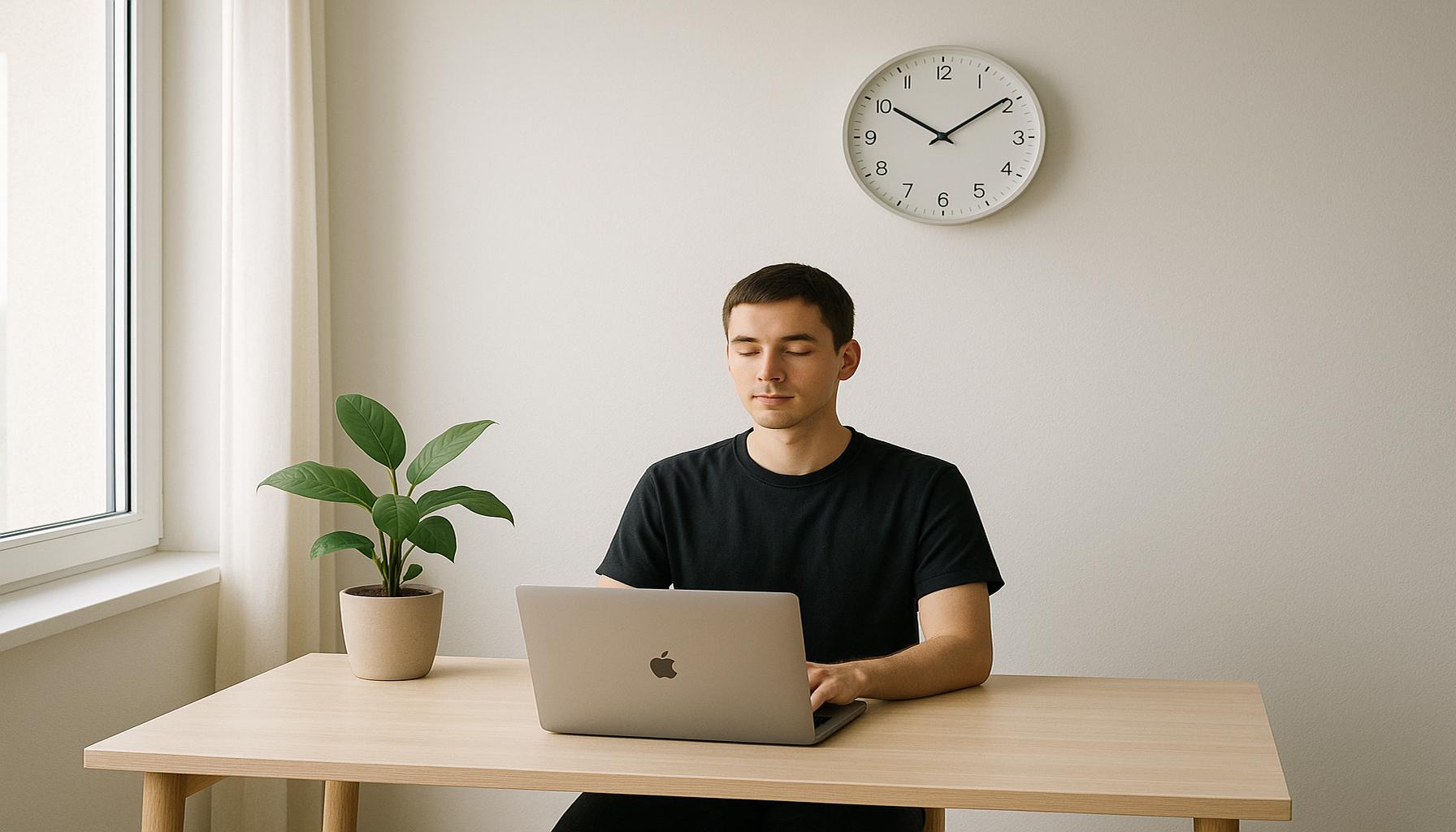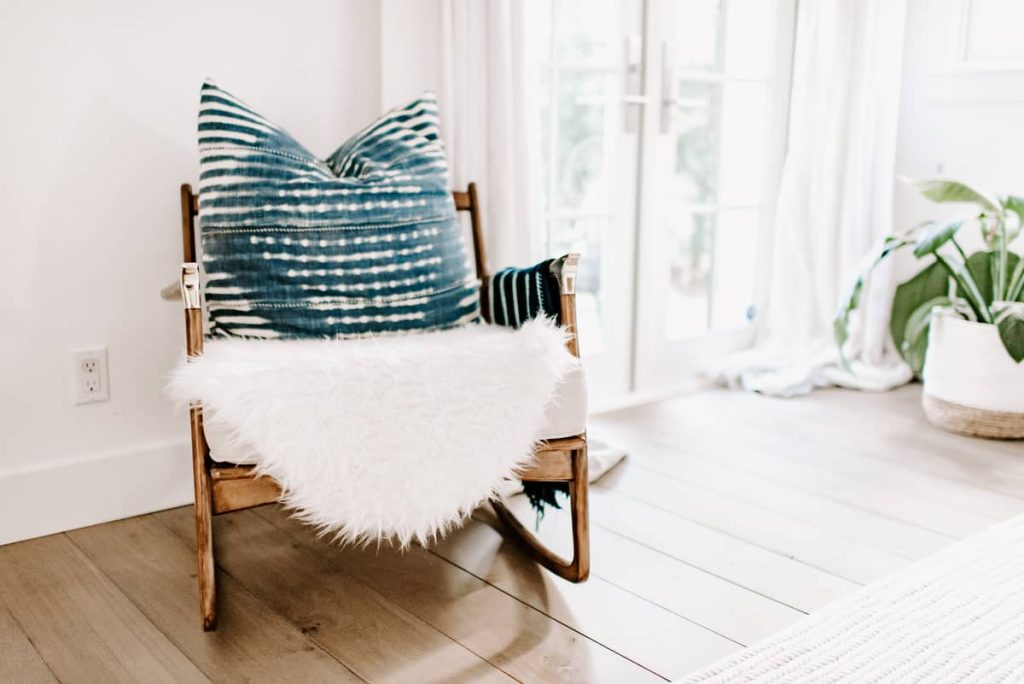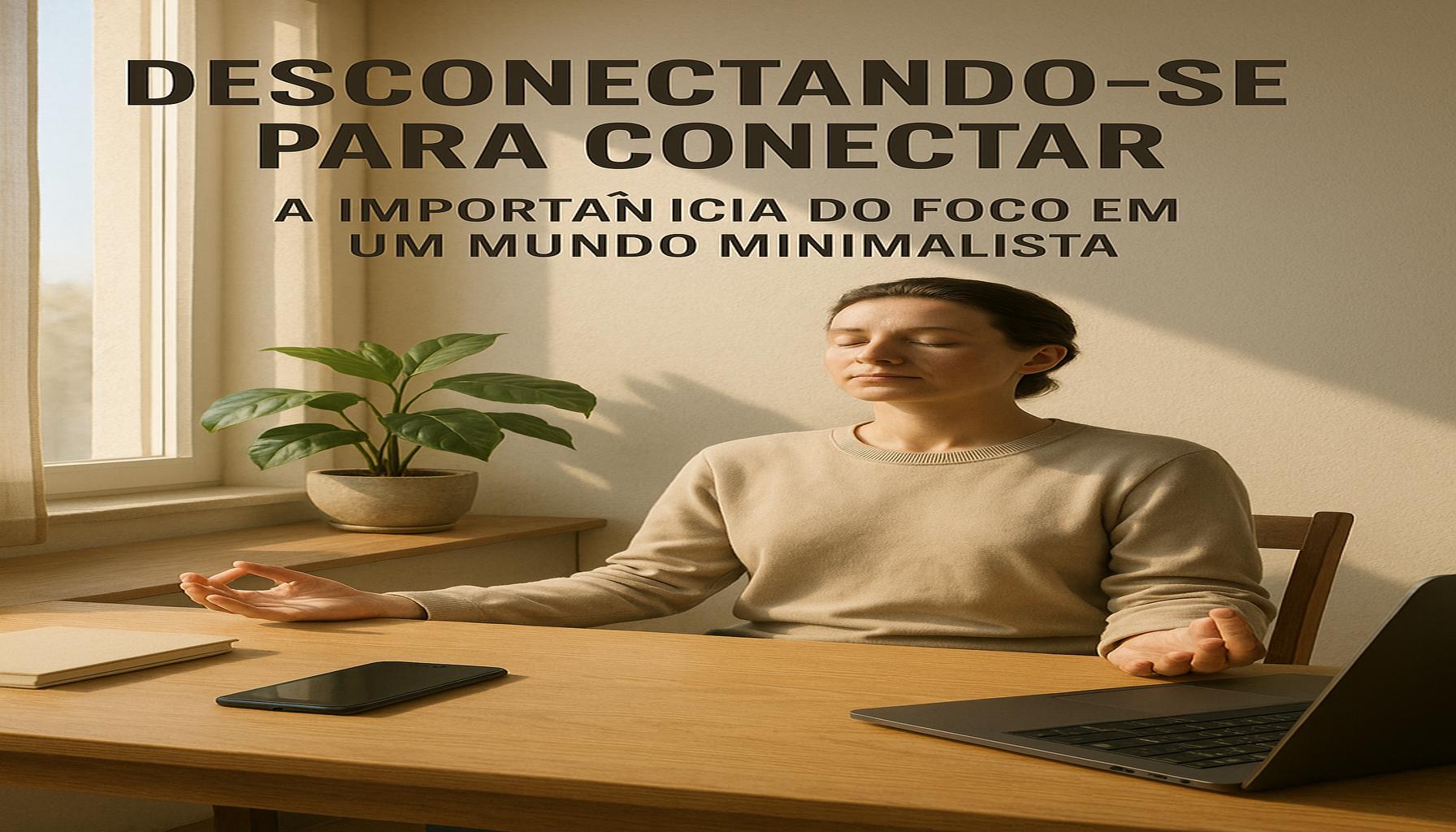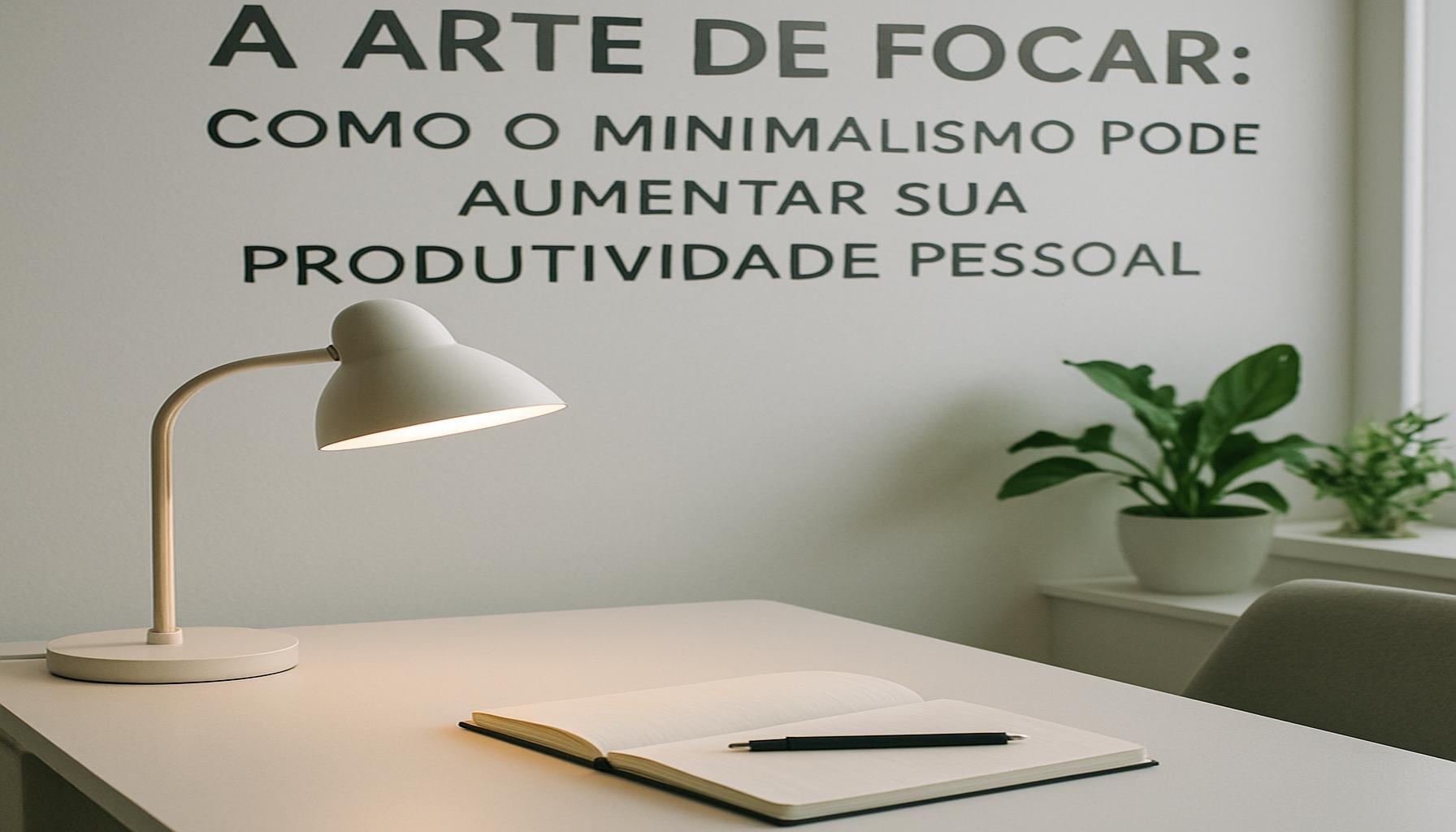Setting Boundaries: How Personal Minimalism Can Protect Your Time and Increase Focus

The Importance of Boundaries in Our Lives
In a world overwhelmed by distractions and constant demands, setting boundaries has become essential for maintaining our focus and productivity. The practice of personal minimalism offers a powerful framework to streamline our lives and reclaim our time. By prioritizing what truly matters, individuals can foster an environment conducive to growth and well-being. This approach is particularly relevant in the fast-paced lifestyle prevalent in the United States, where the pressure to overcommit can lead to burnout and dissatisfaction.
Why Minimalism Matters
Minimalism encourages us to reflect on our daily routines and commitments, prompting deep self-assessment. Here are some benefits of embracing this mindset:
- Clarity: Gaining clarity about personal values is fundamental in guiding decisions. For instance, if an individual values family time, they might choose to decline an extra work assignment in favor of attending a family gathering.
- Efficiency: A minimalist approach can significantly increase efficiency. By eliminating non-essential activities and commitments, individuals can enjoy enhanced focus and productivity. Someone may find that by saying ‘no’ to back-to-back meetings, they can dedicate more time to project work.
- Balance: Establishing boundaries fosters balance. By creating space for self-care and personal interests, stress levels can decrease, leading to an overall increase in mental resilience. For example, dedicating weekends exclusively to hobbies can rejuvenate one’s mental health.
Implementing Boundaries
Learning to say no and prioritizing your commitments can drastically change your lifestyle for the better. Consider these successful strategies:
- Set Clear Communication: Being transparent with friends, family, and colleagues about your availability and limits is crucial. Consider sending out calendar invites that reflect your “do not disturb” times, making it clear when you’re focused on work or personal projects.
- Digital Detox: In a society attached to technology, limiting time spent on social media and devices can be refreshing. Try implementing a technology-free hour before bed to unwind, which can also improve sleep quality.
- Time Management: Employ techniques like time blocking to structure your day. For example, allocate specific hours for emails, meetings, and creative work. This method limits distractions and ensures dedicated time for each task.
As we delve deeper into the concept of setting boundaries through personal minimalism, you’ll uncover practical insights to help you reclaim your time and sharpen your focus. Understanding the importance of boundaries can lead to more intentional living, allowing you to thrive rather than merely survive in daily life. Join us as we explore even more methods and strategies that can transform your approach to time management and personal growth.
DISCOVER MORE: Click here to enhance your time management skills

Understanding the Concept of Personal Minimalism
Personal minimalism is more than just a trend; it embodies a profound shift in how we engage with our commitments and surroundings. At its core, it signifies a deliberate choice to prioritize quality over quantity. In an age where multitasking has become the norm, the ability to focus on fewer, but more impactful, tasks can lead to significant improvements in productivity and overall well-being. By adopting a minimalist mindset, individuals can create a personal philosophy that emphasizes intentional living, thus helping to set clear boundaries.
The Benefits of Embracing Personal Minimalism
Incorporating personal minimalism into your life can yield several key benefits that bolster both time management and focus:
- Enhanced Decision-Making: A minimalist approach encourages better decision-making by limiting options and distractions. When faced with fewer choices, individuals can make decisions that align more closely with their core values.
- Reduced Overwhelm: Streamlining commitments can alleviate the sense of being overwhelmed. By tackling a manageable number of tasks, you can experience greater satisfaction and control over your daily activities.
- Increased Creativity: Creativity thrives in environments with fewer distractions. By creating boundaries that limit non-essential engagements, you open up mental space for innovative thinking and problem-solving.
- Improved Mental Health: Taking a minimalist approach to life often leads to reduced anxiety levels. The act of saying ‘no’ to obligations that do not serve your goals creates a sense of freedom, allowing you to focus on what truly matters.
Strategies for Practicing Personal Minimalism
Implementing personal minimalism into your daily life may feel daunting at first, but several strategies can ease the transition:
- Evaluate Commitments: Regularly assess your commitments and let go of those that no longer align with your goals. Ask yourself whether a task truly adds value to your life—if the answer is no, consider walking away.
- Establish Work Hours: Define specific work hours and stick to them. This helps create a boundary between professional and personal life, enabling more dedicated and focused work sessions.
- Practice Mindful Consumption: Whether it’s media, products, or experiences, be conscious of what you consume. Opt for quality interactions and information that will positively influence your growth and development.
By engaging with these strategies, you can create a more balanced lifestyle that honors your time and increases your focus. Through personal minimalism, the journey toward setting effective boundaries becomes not only possible but also transformative. The next sections will delve deeper into practical applications of these concepts, guiding you toward a more intentional and fulfilling life.
| Category | Description |
|---|---|
| Clarity in Decision-Making | Personal minimalism allows individuals to filter out distractions, enabling clearer choices and better focus on priorities. |
| Enhanced Productivity | By setting defined boundaries, individuals can allocate their time more efficiently, leading to greater output and reduced overwhelm. |
Setting boundaries through personal minimalism fundamentally changes the way you interact with your time and resources. When you embrace a minimalistic approach, you’re not just decluttering your physical spaces but also streamlining your mental processes. Research has shown that clutter can significantly impede focus and productivity, making it crucial to create spaces—both physical and mental—that align with your goals.Furthermore, the concept of setting boundaries extends beyond just saying ‘no’ to distractions; it involves crafting a lifestyle that prioritizes what truly matters. For example, keeping a consistent schedule can provide a sense of rhythm that enhances both focus and creativity. Incorporating small rituals or practices, such as mindfulness or a digital detox, can further bolster your commitment to maintaining boundaries that protect your time.Personal minimalism is an ongoing journey, and it encourages continual reassessment of your commitments and priorities. As you refine these boundaries, you’ll likely discover newfound energy and clarity, paving the way for deeper engagement with both your personal and professional goals.
DISCOVER MORE: Click here for valuable insights
Practical Applications of Personal Minimalism in Daily Life
Embracing personal minimalism isn’t just about decluttering physical possessions; it extends into our schedules and relationships. By implementing minimalistic principles, you can carve out more time for the activities and people that matter most, which invariably enhances your focus. Below are practical applications to consider:
Establishing Digital Boundaries
In our hyper-connected world, digital distractions can easily consume our time and attention. Social media notifications, endless emails, and streaming services can fragment our focus, leading to a sense of chaos. To combat this, setting clear digital boundaries is essential.
- Limit Screen Time: Use apps that track or restrict your screen time, allowing for accountability and more intentional use of technology.
- Designate Device-Free Zones: Create spaces in your home or periods in your day where devices are not allowed. This fosters a more peaceful environment, conducive to productivity and creativity.
- Unsubscribe and Unfollow: Regularly clean out your email subscriptions and social media feeds. By curating your online interactions, you can prioritize information that truly benefits your life.
Setting Personal Time Blocks
Time blocking is a revolutionary approach to manage your day. By segmenting your schedule into dedicated blocks for specific tasks or activities, you can maintain higher levels of focus and efficiency. For instance, allocate distinct chunks of time for work, exercise, and leisure. Implementing this method requires:
- Defining Priorities: Identify your most critical tasks for the day and allocate time accordingly, ensuring you are steering clear of minor distractions.
- Utilizing Breaks: Incorporate short breaks between time blocks to recharge your mind. Techniques like the Pomodoro Technique, which promotes a 25-minute focused session followed by a 5-minute break, can enhance concentration significantly.
- Saying No to Multitasking: Focus on one task at a time during its designated block. Studies indicate that multitasking can reduce productivity by as much as 40%, further emphasizing the need to stay present.
Creating Supportive Relationships
Surrounding yourself with supportive individuals can significantly influence your ability to practice boundaries. Relationships are vital components of personal minimalism, as they can either nourish or drain your energy. To build an environment that supports minimalism:
- Communicate Your Needs: Be open with friends and family about your intention to simplify your life. The people who matter will appreciate your honesty and may even join you in adopting similar practices.
- Limit Negative Influences: Identify relationships that contribute to stress or overwhelm. It may be necessary to create distance or set firm limits on interactions to protect your time and mental well-being.
- Encourage Mutual Support: Build a community of like-minded individuals who respect your boundaries. Engage with those who understand the importance of personal minimalism, as this can provide motivation and accountability.
By integrating these practical applications into your life, you harness the principles of personal minimalism to safeguard your time and foster a focused mindset. This journey isn’t merely about reducing clutter—it’s an invitation to create a life filled with intention, ensuring that every commitment aligns with your deeper aspirations and goals. As you refine your approach, you may find yourself flourishing in spaces once occupied by unnecessary distractions.
LEARN MORE: Click here to discover how to create a harmonious space</
Conclusion: Transforming Your Life with Personal Minimalism
In a world that often glorifies busyness and endless connectivity, personal minimalism emerges as a powerful antidote. By deliberately setting boundaries, we can reclaim our time and enhance our focus, allowing us to funnel our energy into what truly matters. The practical applications discussed—from establishing digital boundaries to creating supportive relationships—serve as stepping stones towards a more intentional life. They invite us not just to reduce clutter but to cultivate an environment that nourishes our mental well-being.
As we strive to protect our time, it’s essential to recognize that minimalism involves more than just saying “no” to distractions; it’s about saying “yes” to our core values and goals. This transformative mindset encourages us to prioritize activities that enrich our lives, ultimately leading to a greater sense of fulfillment. Implementing time blocks and establishing device-free zones are not just tactical choices—they are a commitment to our own mental clarity and productivity.
Moreover, surrounding ourselves with individuals who respect our journey towards minimalism can amplify our efforts, creating a support system that fosters mutual growth. This collaborative approach not only solidifies our boundaries but also spurs accountability, encouraging all participants to thrive. In pursuing personal minimalism, we do not merely declutter our lives—we reimagine them, crafting spaces for creativity and connection free from unnecessary distractions.
Embarking on this journey requires commitment and experimentation, but the rewards—a well-lived life rich in focus and intentionality—are profound. As you take the first steps towards setting boundaries and embracing personal minimalism, remember: it’s not just about what you eliminate but what you choose to cultivate. Dive deeper into this philosophy, and you may find yourself astonished by the clarity and purpose that emerges when time is valued and boundaries are respected.


